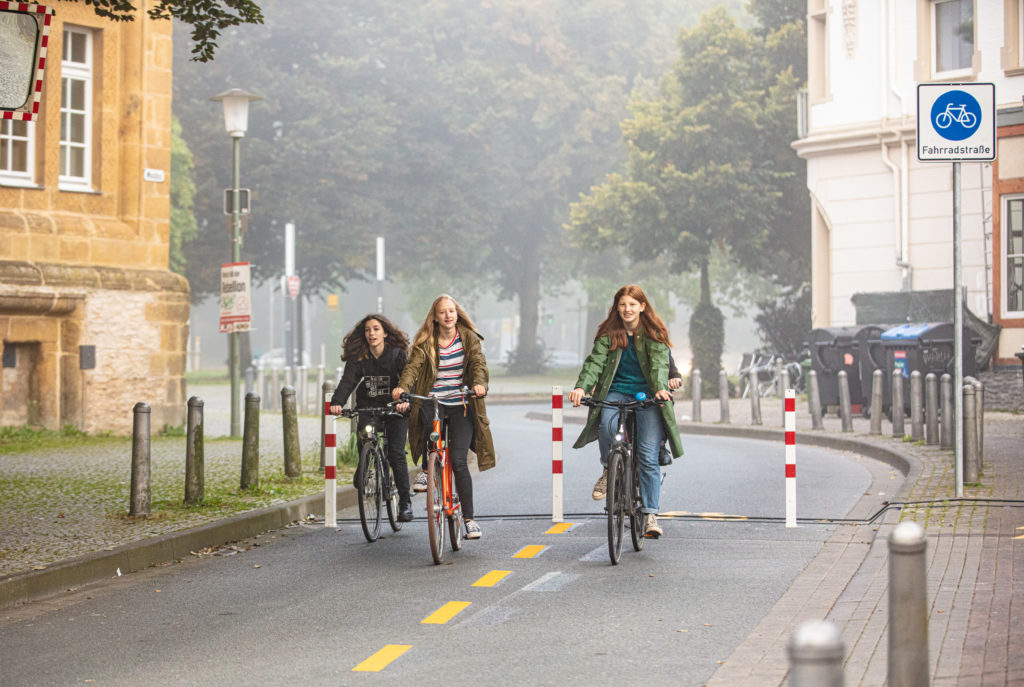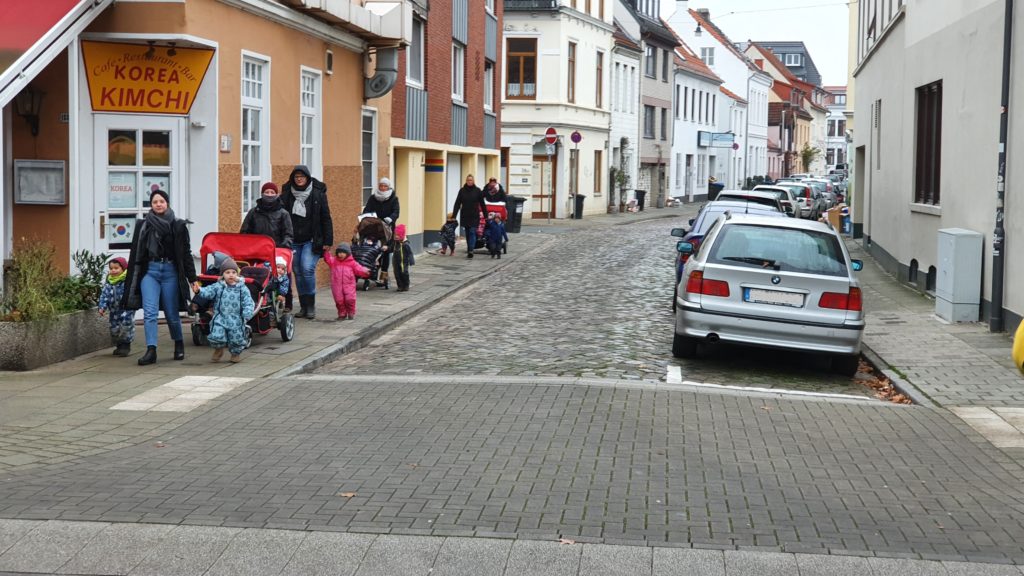The CIVITAS Initiative is one of the European Commission’s flagship programmes dedicated to the achievement of its ambitious mobility and transport goals, and in turn those in the European Green Deal. Since its launch in 2002, the CIVITAS Initiative has enabled cities to design, test and roll out measures via a range of EU-funded projects and built up a community of best practice for cross-city collaboration, educational and policy development on sustainable urban mobility.
In celebration of its 20th anniversary, this photo series highlight innovations and results from projects, both past and present.













